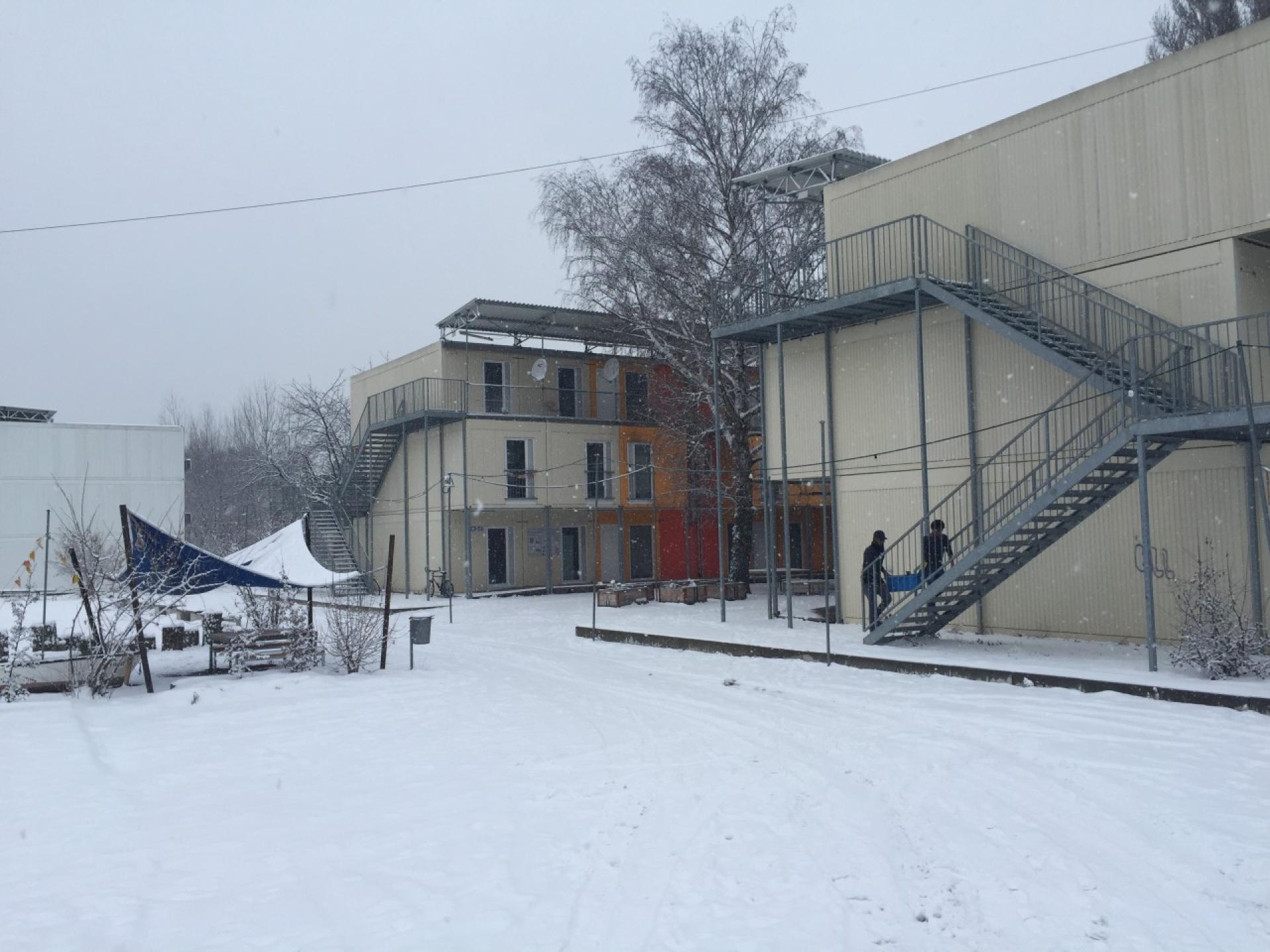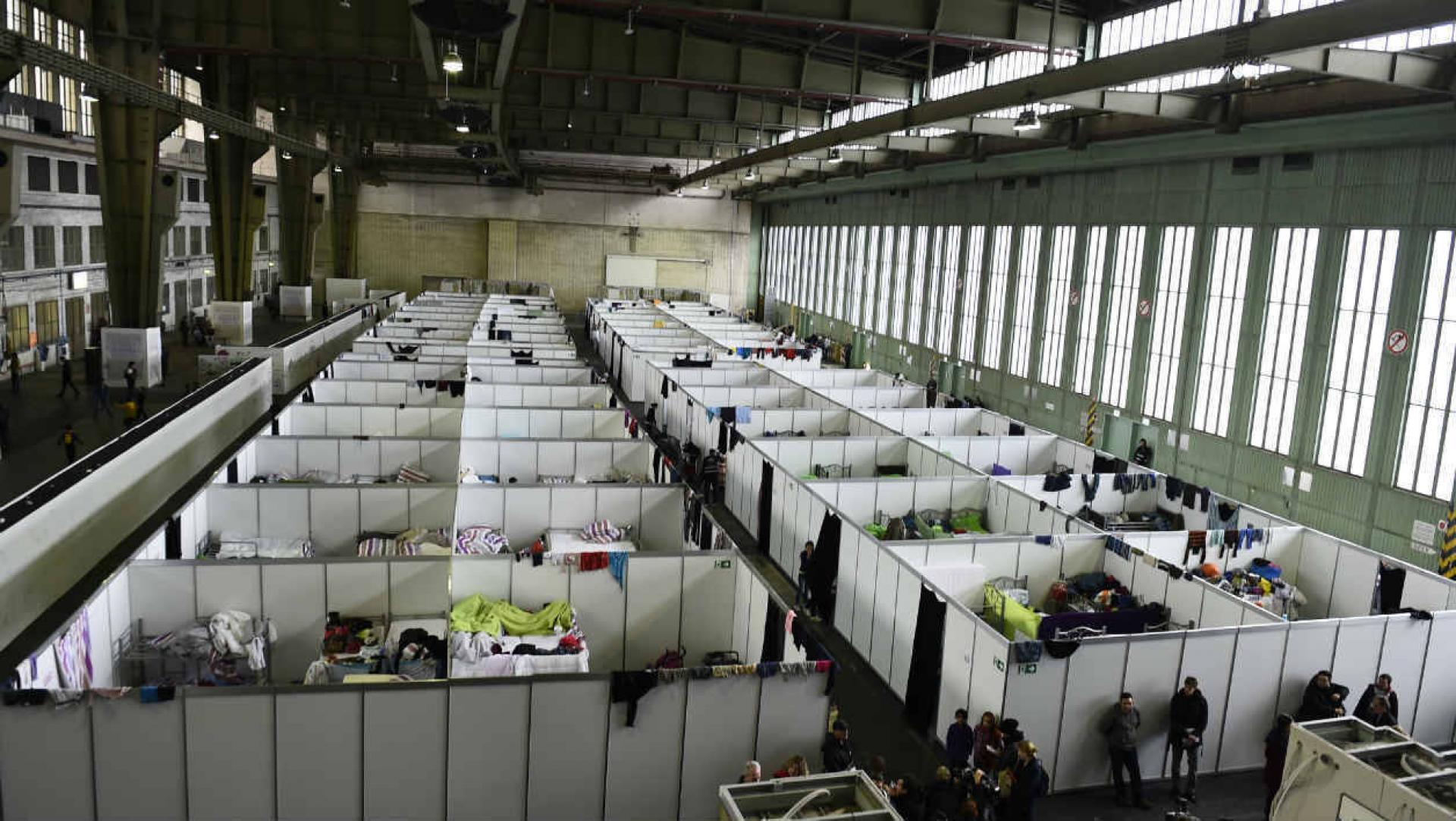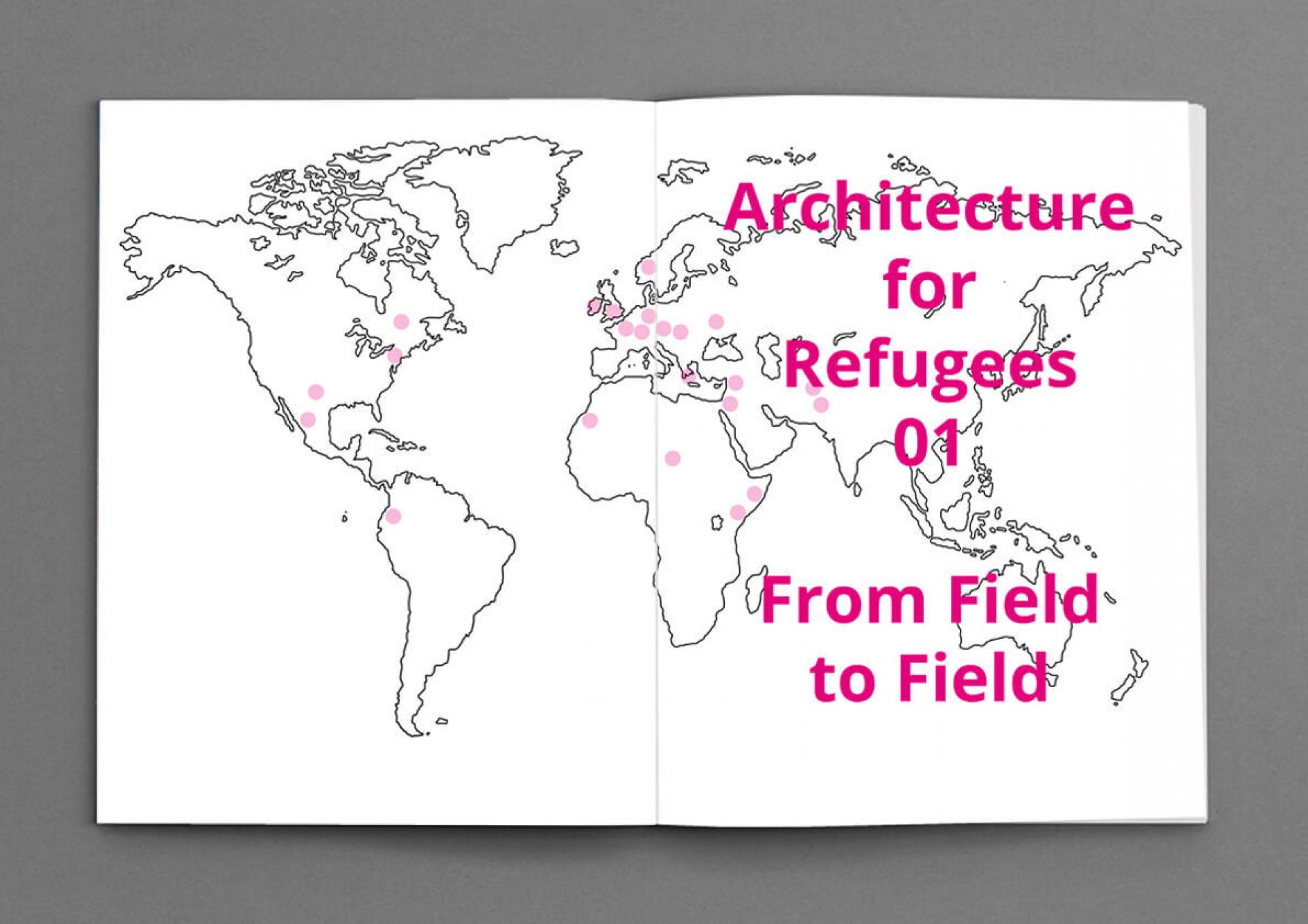Together Is More
In 2016 Europe was stressed by migration flows, which created a big refugee crisis. Europe was always looking at this topic from side, but this time was faced directly at the Balkan Route and Mediterranean coast.

The map of countries that hosted refugees in 2015 | source UNHCR
With no clear solution or structural idea for the newcomers was Europe confronted with chaotic status and had no answers to the situation. The panic and chaos open the doors to fear and hate. On the other side arise hope, which started to connect the difference with new sharing models of communication and sharing information.

Inclusion instead of segregation in Pristina | Photo by Architecture for Refugees
Newcomers are welcome! One of the informational platform that started to provide educational resources and collaborations is Architecture for Refugees. What is the purpose? It connects newcomers with architects, different institutions, social organizations, governments and UN agencies.
The platform Architecture for Refugees was created to facilitate collaboration between different stakeholders by direct involvement of refugees in these processes with harnessing and sharing innovative solutions, approaches and intervention models to improve facilities, infrastructure and living conditions for refugees across the world.

Refugee camp in Dunkirk, France is a place of constant violence.

Temporary housing container settlement for asylum seekers in Zürich by NRS in situ | Photo by Architecture for Refugees
The common idea that refugees live in refugee camps far from real truth. Around 60% of the refugees live in urban areas. They are stay in flats but their social relations are very much limited. Still in the city we find temporary facilities, which become non-places.

Tempelhof airport in Berlin. | Photo by Tobias Schwartz
Like Berlin case of the former American airbase at Tempelhof Airport. It was changed in one of large-scale solutions to house refugees over the harsh winter. The airport is home to more than 2,000 asylum-seekers, among them 500 children. The temporary solution, which the city insists, is far from ideal. Toilets are the portable kind outside, and there are no taps or showers on site. This can bring out problems of social isolation and violence.
Architecture for Refugees aims to bring out some of important facts about the topic, either for refugees which lives in urban areas or camps. As more and more refugees have mobile Smartphones is important to find new ways of communication and reach people with valuable information that address their needs.
Before the demolition of the Jungle in Calais Architecture for Refugees wrote an Open Letter to save The Jungle Refugee Camp. It was a political statement, published on the main architectural platforms with the aim to reach as many people as possible. Nobody reacted so it was at the end published on their our platform.

Refugees, volunteers, and NGOs cooperating on the construction of camp facilities at Calais Refugee Camp. | Photo by Building in Calais Jungle
Second political statement published on the MoMA’s Insecurities exhibition brings out important topics for the online audience which will not come to the exhibition. Involvement of the platform in different projects has created outputs like CAMPing in the CITY!, which took a workshop format eme3 at the International Architecture Festival in Barcelona (2016).

Communities and settlement in Calais Jungle. | Photo: Architecture for Refugees
Architecture for Refugees is compiling an overview and guide, sharing information and experiences of different refugee contexts, projects, responses, intervention models, strategies, approaches and collaborations as well as experiences and perspectives from refugees themselves. The book offers architectural, urban planning and spatial ideas and solutions, which support the realisation of better living conditions for refugees. Collaboration with partners in this book allows for collective development of improved short and long-term strategies.

With Sean Anderson (MoMA), Pascal Angehrn (NRS-in-situ), Christina Arbenz, Narda Beunders, L‘Abri a Roof for Humanity, CatalyticAction, Rowan Farrell (Refugee Info Bus), Sophie E. Flinder (Calais), Alexander Hagner, Cyrille Hanappe, Grainne Hassett, Manuel Herz, Julia Hinderink, Kilian Kleinschmidt, PEROU, Claudia Martinez Mansell, More Than Shelters, Ahmad Naaso, Haris Piplas, Sustainable Emergency Architecture and Katja Ulbert (MapFugees).